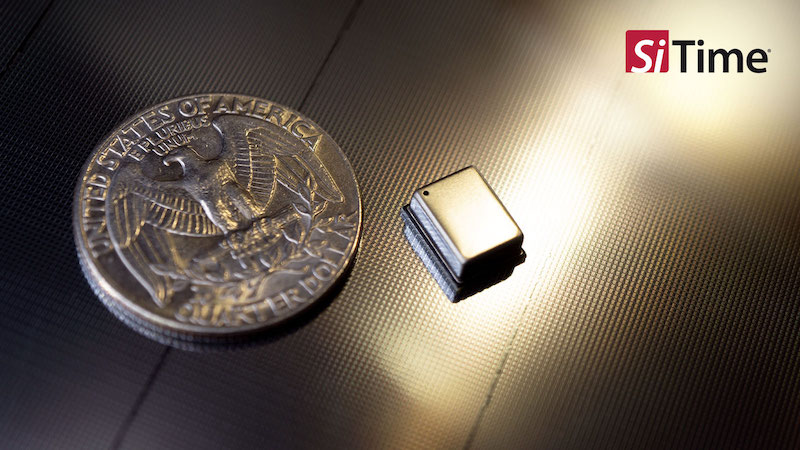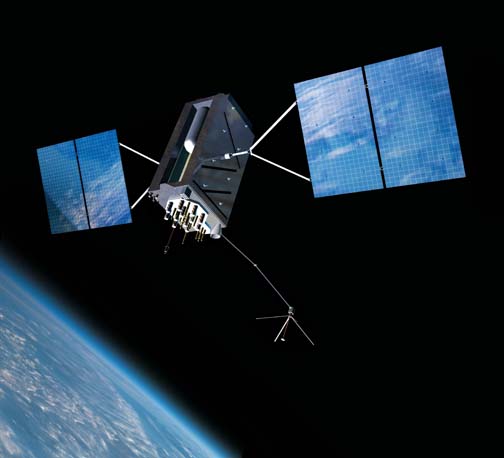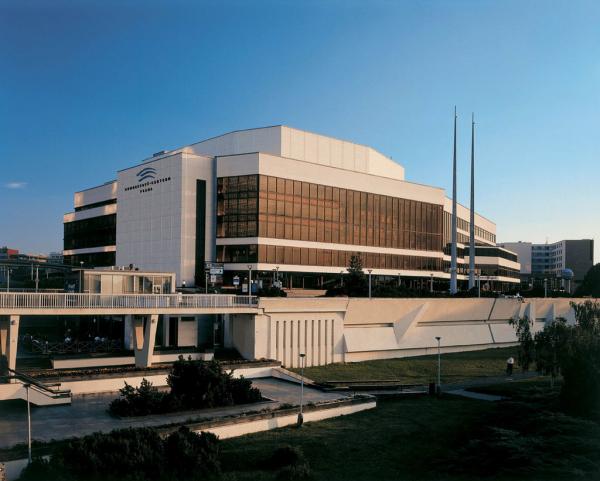After releasing their first MEMS-based oscillators in 2007, the team at SiTime knew there was still work to be done.
Using MEMS was a brand new concept for timing, and back then, clients were telling them the performance just wasn’t there. The team went to work to change that, developing innovative products that rival the more traditional quartz crystal oscillator options the industry has used for years.
SiTime released its latest offering, the Endura Epoch Platform, earlier this month. This ruggedized MEMS oven-controlled oscillator (OCXO), designed to provide the robust and resilient positioning, navigation and timing (PNT) services needed for defense applications, was certainly a labor of love, Executive Vice President of Marketing Piyush Sevalia said. Development took years, with the company first defining the solution back in 2011 and design work beginning in 2018. The process involved various cross functional teams working together to get the timing solution to where it is today.
“We had to figure out not just from the customer point of view what they want, what matters now and what will matter in the future, but from the technology point of view as well,” Sevalia said. “How do we get the level of stability needed under all of the different harsh conditions the device will be subjected to?”
A look at the benefits
Developing a MEMS timing solution for the aerospace and defense markets comes with a long list of challenges and performance requirements, Sevalia said. Such environments are difficult to operate in, with extreme temperatures, shock, vibration and electromagnetic interference all issues to contend with. The silicon-based Endura Epoch OCXO was designed to overcome those challenges. It features a small footprint and can be placed anywhere on the board without users having to make adjustments. Very little external force couples on the oscillator, so it has no problem handling vibration and shock, which is critical in these environments.
It is also programable to any frequency between 10 to 220 MHz, with a very short lead time for custom builds. The company hires its own analogue teams who can help solve various analogue clocking problems in-house rather than outsourcing, Sevalia said, and the devices are manufactured leveraging proven semiconductor processes that provide the reliability and quality needed for extreme conditions.
Being able to overcome common challenges natively without adjustments or compromises leads to a faster innovation cycle, Sevalia said.
“Some people compromise on the performance of the system because they can’t get the exact frequency they want. I’ve seen people redesign an entire system because it was putting out too much power into the electromagnetic spectrum,” he said. “You don’t have to do that with this device. That’s a change in the way people are doing their design work and the way they’re going to production with their devices.”
Protecting PNT
Today, defense systems are structured around GPS-based PNT, but GPS signals can be disrupted unintentionally or spoofed or jammed by nefarious actors—which can lead to various problems such as equipment malfunctions and even mission failure. This is where an ultra-stable local clock device like the Endura Epoch Platform becomes critical, serving as an accurate time reference for PNT until the GPS signal returns.
“The DOD has projects ongoing to update GPS capabilities, calling it assured PNT, and in that new systems are being designed with new GPS standards,” Sevalia said. “We expect they will want better vibration resilience and timing accuracy from the part-to-part level and a reliability point of view while still addressing SWAP-C requirements. Applications could be missiles, ground comms, radar, drones.”
The timing device has low power consumption, enhanced acceleration sensitivity, optimal g-sensitivity and long-term aging. The silicon-based MEMS device is consistent, and offers the performance needed in harsh environments where vibration and temperature changes are an issue. During GPS disruption, PNT performance is driven by the time error on the local clock, with its benchmark time error 3µs over 24 hours.
The Endura Epoch Platform is a true source of pride for the SiTime team, as it provides real value for customers, Sevalia said, and helps to solve some of their most difficult problems.
“This product changes the game by delivering a level of performance not seen before,” Sevalia said, noting there is still plenty of room for more MEMS innovation. “We’ve climbed a peak that others thought was impossible 15 years ago when the company first started.”






